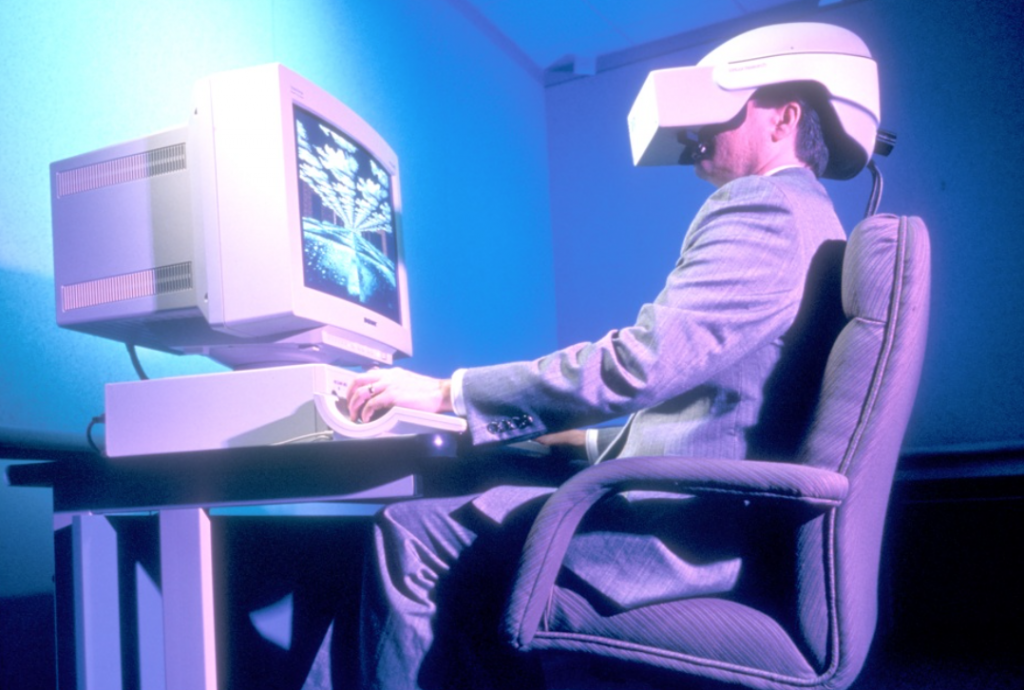Earlier forms of virtual reality used the term very loosely, with the first VR headsets of the 90s not really creating any sort of convincing “reality”, and their “virtual” worlds were more basic two-dimensional polygons than immersive alternate realities. Fast forward nearly two decades and virtual reality has made incredible progress in terms of quality and how accessible it has become to the general public.
With companies like Google, Sony and Oculus VR all releasing major VR tech this year, we have to ask ourselves is 2016 the year that virtual reality takes over?

The demise of 90s VR
One of the biggest failings of early VR headsets like the Sega VR was that they were widely expensive, putting them out of reach for much of the general public. In 1993 the Sega VR was expected to retail for around $200, and you’d still need to buy the accompanying Sega home console and the individual games. The Sega VR was cancelled before it became commercially available, citing development problems and limited home use being the deciding factors.
Google keeps VR simple and affordable.
In 2014 Google took virtual reality out of the living room and put it in the hands of anyone with a handheld Android device. Google Cardboard was a innovative and low-cost platform meant to encourage interest in VR buy using a simple DIY viewer, an Android device and various VR apps. By January 2016 Google Cardboard had shipped more than 5 million units worldwide, making it the most widely produced and successful VR headset ever.
Following the success of Cardboard, Google announced Daydream, a more robust version of their earlier VR hardware with improved visuals, more functional apps and an overall better VR experience. Also using the Android operating system, the list of Daydream-ready phones include Samsung, HTC, Huawei and Xiaomi.
Oculus Rift brings VR into the 21st century.
Borne from a Kickstarter campaign which raised over $2.5 million, Oculus launched their “Rift” platform in 2012, with development kits becoming available in 2014 and a commercial unit was released in March of this year. The introductory price is $599(around R9100), and the current Oculus Rift ships with the introductory Oculus Home, and plenty of other VR content is also currently available.
Oculus Rift is widely regarded as the first ever successful commercially available VR headset, succeeding where the headsets of the 90s failed. With it’s wide range of usage and content, the Oculus Rift could be used anywhere from the office to the bedroom, from work to play.
PlayStation VR changing the face of gaming.
No strangers to the gaming world, Sony’s PlayStation has been one of the top selling and most critically acclaimed home consoles since the mid 90s. Now in 2016, Sony is looking to bring the world of virtual reality to the PlayStation with the PlayStation VR headset launching on October 13th later this year. The PlayStation VR will be compatible with the PlayStation 4 console, and over 100 different games have already been announced that will have PlayStation VR compatibility. The PlayStation VR headset will be retailing for $399 in the U.S and £349 in the U.K
There’s little news on when exactly we can expect either the Oculus Rift or PlayStation VR in South Africa, or what they will cost when they eventually do. If the June 2016 Rand/Dollar exchange rates are anything to go by you could pay anywhere from R9000 to R11 000 for the Oculus Rift, and R6 000 to R8 000 for the PlayStation VR.



